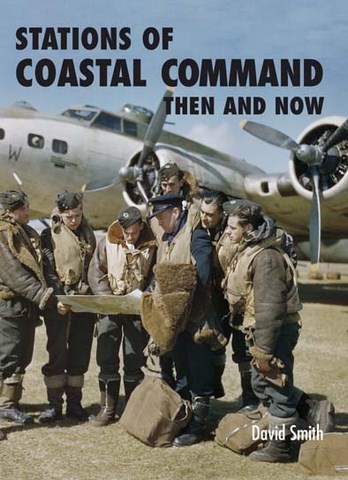051814 - STATIONS OF COASTAL COMMAND THEN & NOW

By David Smith (After The Battle)
Coastal Command, created in 1936 alongside Fighter and Bomber Commands in the reorganisation of the RAF in its preparations for the coming war, was Britain’s mainstay in the battle against the German submarine. As more and more Allied merchantmen were sunk during the long voyage from North America, the Mediterranean, and points south, tracking down the U-Boats became a constant struggle against harsh weather on long-distance patrols out over the Atlantic and Bay of Biscay.
To counter the threat, Coastal Command established a ring of bases stretching from Scotland and Northern Ireland to Iceland, and from south Wales and south-western Britain to Gibraltar and the Azores, all 53 of these stations are covered in this book.
A variety of aircraft were employed, some land-based and others water-based like the Sunderland and Catalina, in the endeavour to extend the range of protection given to the convoys. And, as the war progressed, Beaufighters and Mosquitos were brought to play to reverse the role and carry out attacks on German supply ships along the European coastline. Specifically for this purpose, strike wings were established at Banff, Dallachy, Langham and North Coates.
Coastal Command also had the overall responsibility for carrying out all photographic reconnaissance; for collecting the data required to produce daily meteorological reports, and providing air-sea rescue cover.
David Smith, a long-time aviation historian, tells the story alongside the comparison ‘then and now’ photographs that are the forte of all After the Battle publications.
| Format | Hardback |
| Pages | 280 |
| Publication Date | Out Now! |
| Pictures |
Over 700 illustrations |
| Width (mm) | 210 |
| Height (mm) | 300 |
| Dust Jacket | Yes |
| ISBN | - |
| Price |
£37.50 |

